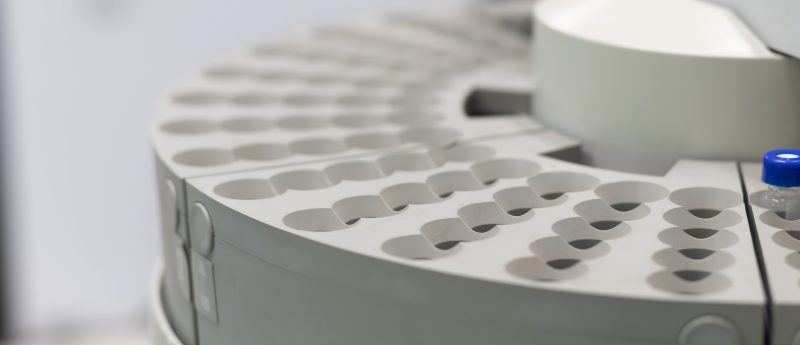Potential milestone reached in noninvasive detection of prostate cancer

A team comprising researchers from the University of Liverpool (UK) and the University of the West of England (UWE; UK) have reached an important milestone in the goal of creating a urine diagnostic test for prostate cancer. The team have developed a GC algorithm system, which could render invasive diagnostic procedures a thing of the past. Their findings were published recently in the Journal of Breath Research.
The GC sensor system, known as Odoreader, was developed by a team led by Chris Probert (Professor at the University of Liverpool) and Norman Ratcliffe (Professor at UWE Bristol). In the system, GC is used to separate volatile compounds in urine in order to produce a spectrum. Using complex statistical analyses, the spectrums produced via GC can be used to determine if a person is suffering from prostate cancer, bladder cancer, or hematuria or poor stream without cancer.
The system was tested by The Bristol Urological Institute team at Southmead Hospital and Bristol Royal Infirmary (UK). In a pilot study, urine samples from 155 men who visited a urology clinic were analyzed using the Odoreader system. Of the 155 men, 58 were diagnosed with prostate cancer, 24 with bladder cancer and 73 with hematuria or poor stream without cancer. The results indicated that the system is able to successfully identify different patterns of volatile compounds, allowing for the classification of urological cancers from a patient’s urine samples.
The development of a device capable of detecting prostate cancer is important as there is currently no accurate test to diagnose prostate cancer. Current tests analyzing serum prostate-specific antigen are not accurate enough and can therefore result in unnecessary biopsies. Even with detailed biopsies there is a risk of misdiagnosis.
The next step in the research is to carry out a full clinical trial. After the clinical trial has been completed the team would like to put the technology into a user friendly format, which will enable the Odoreader to be used at the patient’s bedside, in a doctor’s surgery, in a clinic or Walk In Centre, providing fast, inexpensive, accurate results.
Sources: Aggio BM, de Lacy Costello B, White P et al. The use of a gas chromatography-sensor system combined with advanced statistical methods, towards the diagnosis of urological malignancies. Journal of Breath Research. DOI: 10.1088/1752-7155/10/1/017106 (2016); New milestone for device that can ‘smell’ prostate cancer




